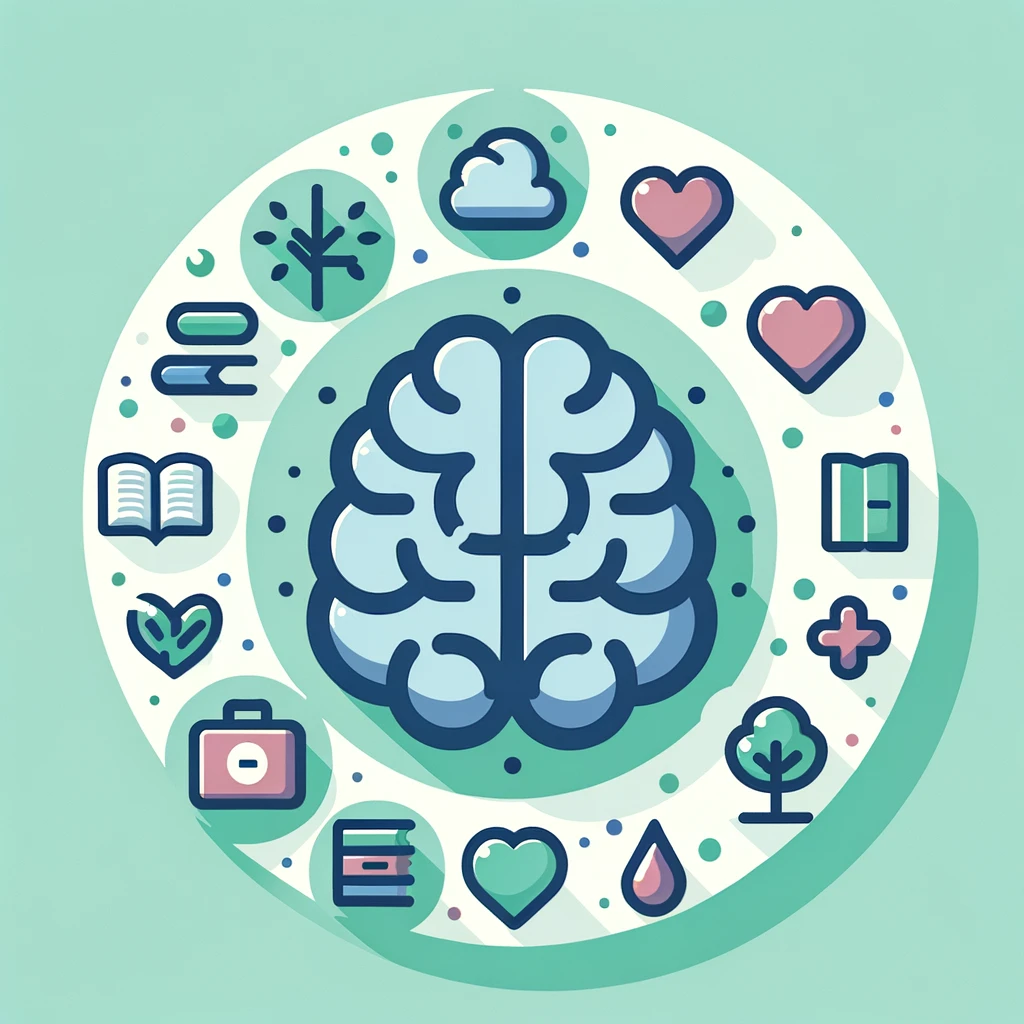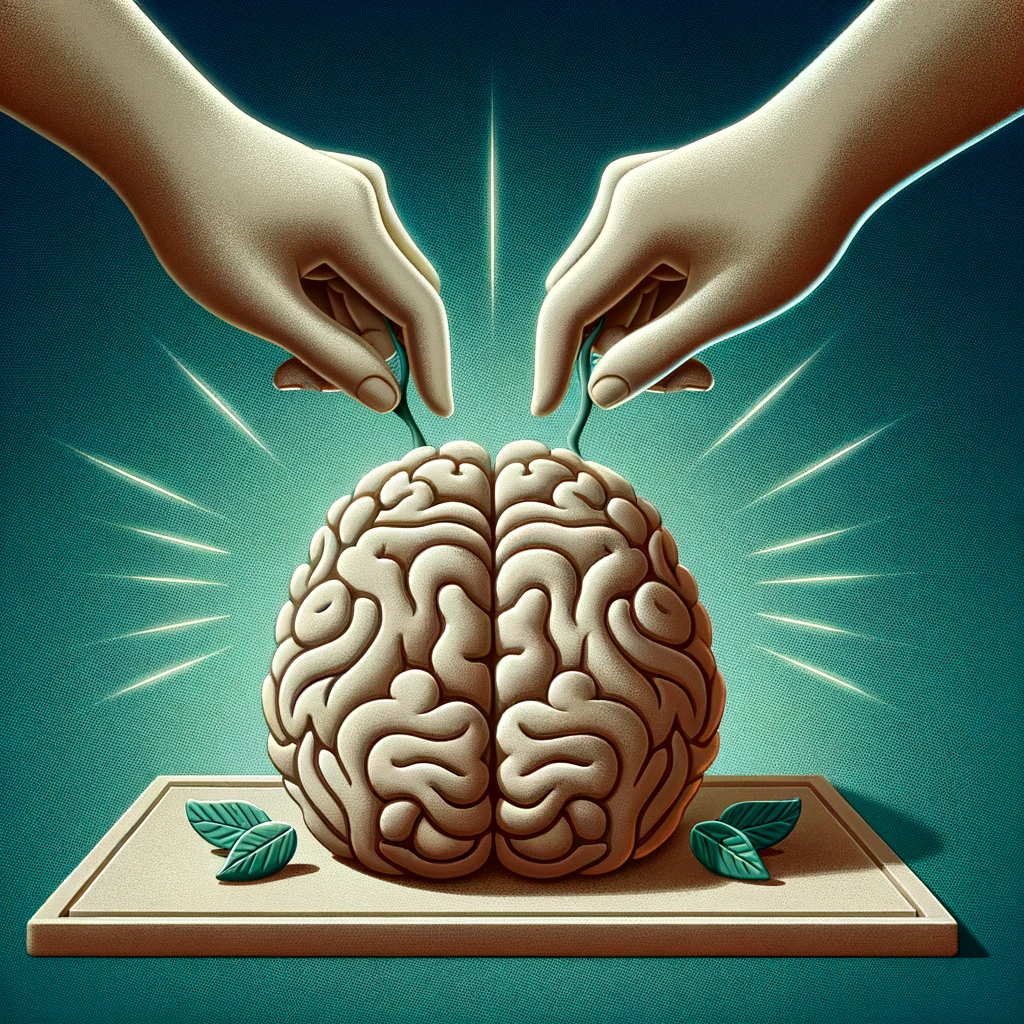Nurturing Well-being in a Hectic World
Nurturing Well-being for a Fulfilling Life
Understanding Mental Health
Mental health, as defined by the Centers for Disease Control (CDC), is a vital aspect of our well-being. It signifies a state where individuals recognize their abilities, effectively manage life stresses, remain productive, and contribute to their communities.
The Reality Check
Sadly, research reveals that only 17% of adults in the United States enjoy optimal mental health. However, a silver lining emerges as positive mental health is proven to enhance overall well-being.
The Three Domains of Well-being
To comprehend mental health, researchers identify three crucial domains: Emotional well-being, Psychological well-being, and Social well-being.
Emotional Well-being
Embracing life satisfaction, happiness, cheerfulness, and peacefulness, emotional well-being is the cornerstone of mental health.
Psychological Well-being
This domain includes self-acceptance, personal growth, openness to new experiences, optimism, hopefulness, purpose in life, control of one’s environment, spirituality, self-direction, and positive relationships.
Social Well-being
Encompassing social acceptance, belief in individual and societal potential, personal self-worth, usefulness to society, and a sense of community, social well-being is integral.
Mental Health and Overall Wellness
Much like dental health or heart health, mental health plays a pivotal role in our overall well-being. The brain’s functioning relies on factors like brain chemistry, involving hormones, neurotransmitters, and other chemicals.
The Shadow of Mental Illness
Defined by the CDC, mental illness includes diagnosable mental disorders or health conditions causing alterations in thinking, mood, or behavior associated with distress and impaired functioning.
The Grip of Depression
Depression, affecting over 26% of the US adult population, is the most common mental illness. Alarmingly, by 2020, it is predicted to be the second leading cause of disability worldwide.
The Web of Chronic Diseases
Mental disorders, especially depressive disorders, are linked to chronic diseases like diabetes, cancer, cardiovascular disease, asthma, obesity, and associated risk behaviors.
The Interplay of Physical and Mental Health
Protecting and enhancing mental health involves attention to physical health. A nutritious diet, regular exercise, sufficient sleep, sunlight exposure, and fostering social connections positively influence mental well-being.
In Conclusion
Mental health is indispensable for overall health and well-being. Recognizing its importance and actively working towards maintaining and improving it is crucial. By prioritizing physical health and adopting healthy lifestyle habits, we pave the way for more fulfilling lives. {finish}
FAQs on Mental Health
- How does emotional well-being impact mental health?
- Emotional well-being, encompassing satisfaction and happiness, forms the foundation of a healthy mental state.
- What is the significance of social well-being in mental health?
- Social well-being, involving acceptance and a sense of community, plays a vital role in mental health.
- Why is depression considered a significant mental health concern?
- Depression is prevalent and is projected to be a leading global cause of disability, emphasizing its significance.
- How do chronic diseases intertwine with mental disorders?
- Mental disorders, especially depressive ones, are closely linked to the occurrence and treatment of chronic diseases.
- Can lifestyle habits impact mental well-being?
- Yes, adopting a nutritious diet, regular exercise, sufficient sleep, and social connections positively influence mental health.












